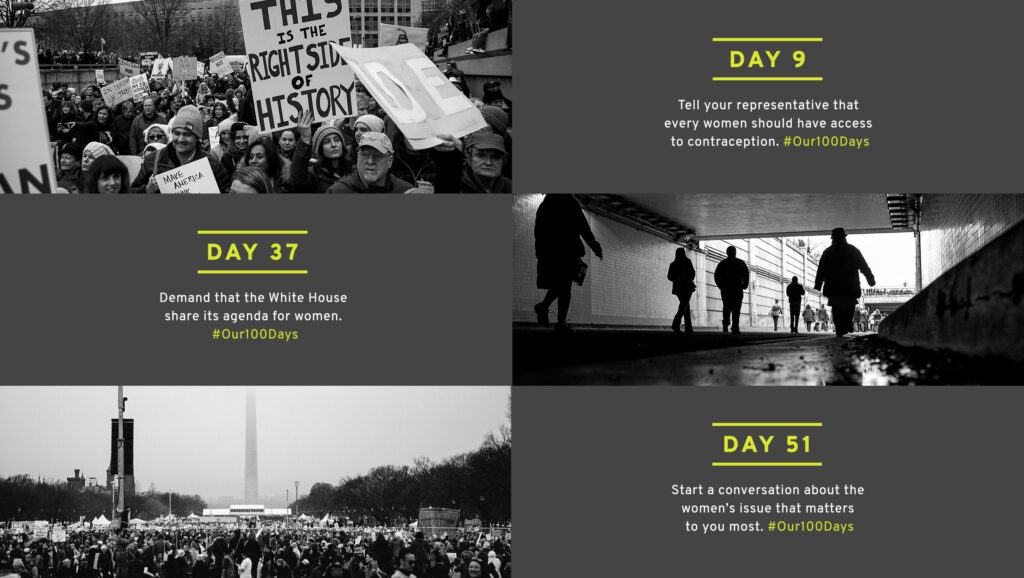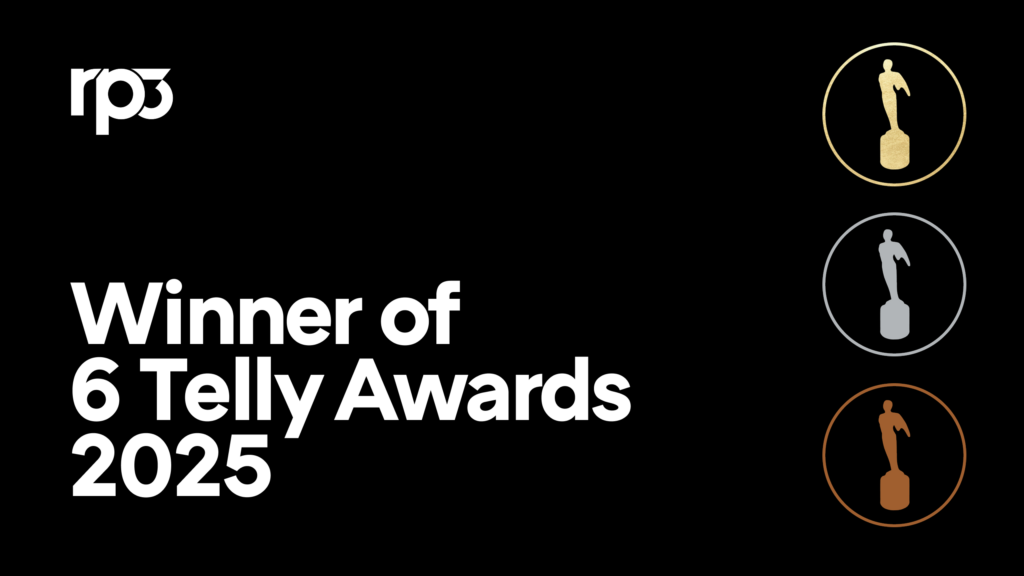
Leveraging Cultural Moments To Drive Brand Impact
By: Elaine Luzietti
In the dynamic realm of modern marketing, the thoughtful use of cultural moments can be a pivotal way for brands to make a lasting impact. But, It’s not enough to simply glom on to a cultural moment. Furthering a movement or being a leading voice that sparks conversation requires a thoughtful strategic approach. Authenticity and relevance are paramount. Does the cultural movement align with your brand values? Does it make sense for your brand to take a stand? Will your actions rally people together or drive people apart? These questions only begin to scratch the surface of what brands should consider before diving in.
Make a Move and Mean It
First, you’ll need a strong sense of what your brand is and, equally important, what it isn’t, who your audience is, what motivates them, and what resonates with them. In an age where information is readily available and has varying levels of credibility, brands need to stay proactive by continuously monitoring trends and cultural conversations. Consumers quickly spot inauthenticity, and brands that attempt to capitalize on cultural moments without genuine intent risk facing backlash. So, whatever you do, make sure you’re ready to commit.
For example, unless you’ve been living under a rock, you’re aware of one of the biggest recent brand blunders — Bud Light. No matter where you stand on the whole thing, the fact is they made a move that they weren’t prepared to support when criticism erupted and their bottom line took a hit. In doing so, they managed to not only upset large portions of their existing consumer base but further alienate the new consumer base they were attempting to reach by backing down when things got tough. Way to further highlight this performative and pandering move — no one’s buying it. Literally.
Redefining the Norm
You might think it wise to just avoid involving your brand in cultural disruptors and conversations altogether, and sometimes, that’s probably true. But, with a growing number of consumers prioritizing what brands stand for, it’s not always advantageous to hide your head in the sand.
Take Dove, a company that has successfully driven loyalty and increased revenue for over 20 years by tapping into a wide-felt truth as it reached its boiling point. Sick and tired of being held to unrealistic beauty standards and historically shamed by advertisements nitpicking every aspect of their appearance, women were starting to push back. By leaning into this sentiment and adopting a radically different approach to how marketers speak to women about their bodies, Dove did more than ride a cultural shift, they led the charge and set a new standard primed for growth and evolution.
Finding Specific Events to Build Awareness
To position themselves as a leader and community mobilizer, the Washington Area Women’s Foundation partnered with RP3 Agency to leverage the attention and buzz from the 2017 post-inaugural Women’s March on Washington. An activist play on the first 100 days in office of any new political administration, the Our 100 Days campaign spurred undeniable action. Creative content — emails, social media images, social media sample posts, and a campaign landing page with sign-up and donation capability — empowered women in the Washington area and across the country to make their voices heard. Within the first 10 days, The Women’s Foundation reached over 250,000 people through entirely grassroots promotion. Social account visits increased by 358%, and new fans increased by 63%. Meanwhile, website traffic increased by 83%, with a 126% jump in visits to the donation page.

Authenticity For the Win
Viral trends, social movements, pop culture phenomena, iconic political events — all have the power to captivate audiences and spark widespread conversation. When brands leverage these cultural currents in the right way, they can significantly boost their engagement with target audiences and marketplace impact. Aligning with trends and conversations that are top of mind for consumers allows brands to demonstrate that they understand and share consumer values and interests. It provides brands with opportunities for authentic storytelling that foster deeper loyalty. Instead of relying solely on traditional advertising tactics, brands can craft narratives that integrate seamlessly with the cultural zeitgeist. This authenticity not only enhances brand perception but also encourages engagement and sharing among consumers. By participating in conversations that are already happening organically, brands can tap into existing networks and communities, reaching audiences that may have previously been beyond their reach.
In a year packed with shifting cultural sentiments surrounding topics like women’s rights, human rights, D.E.I., etc., and pivotal events like the Summer Olympics, hosted in Paris, France, or the U.S. Presidential Election, it’s worth considering how your brand can leverage these opportunities for large-scale reach and engagement. By doing so, you can create campaigns that resonate with current events worldwide and highlight your core values, ensuring that your brand remains relevant and continues to thrive in an ever-evolving cultural landscape.
Let's make some good.
Drop us a line



